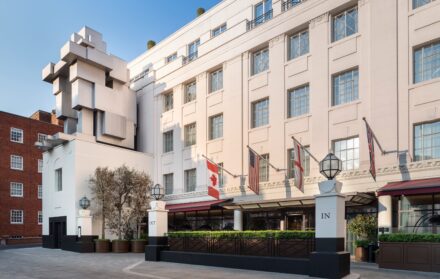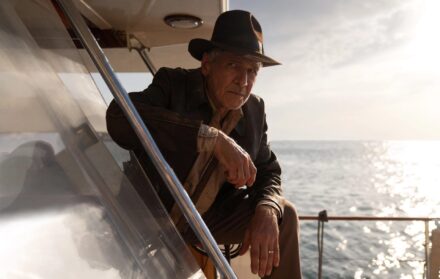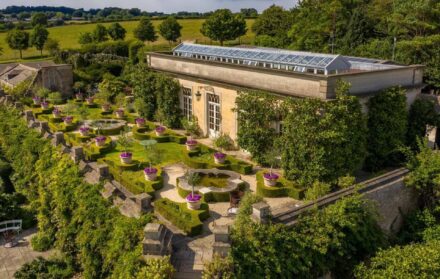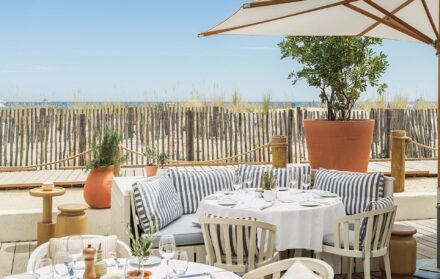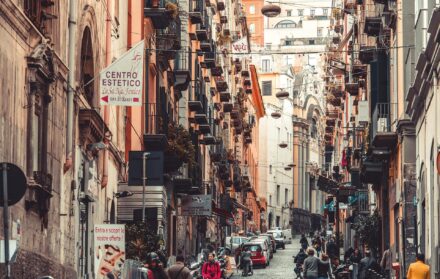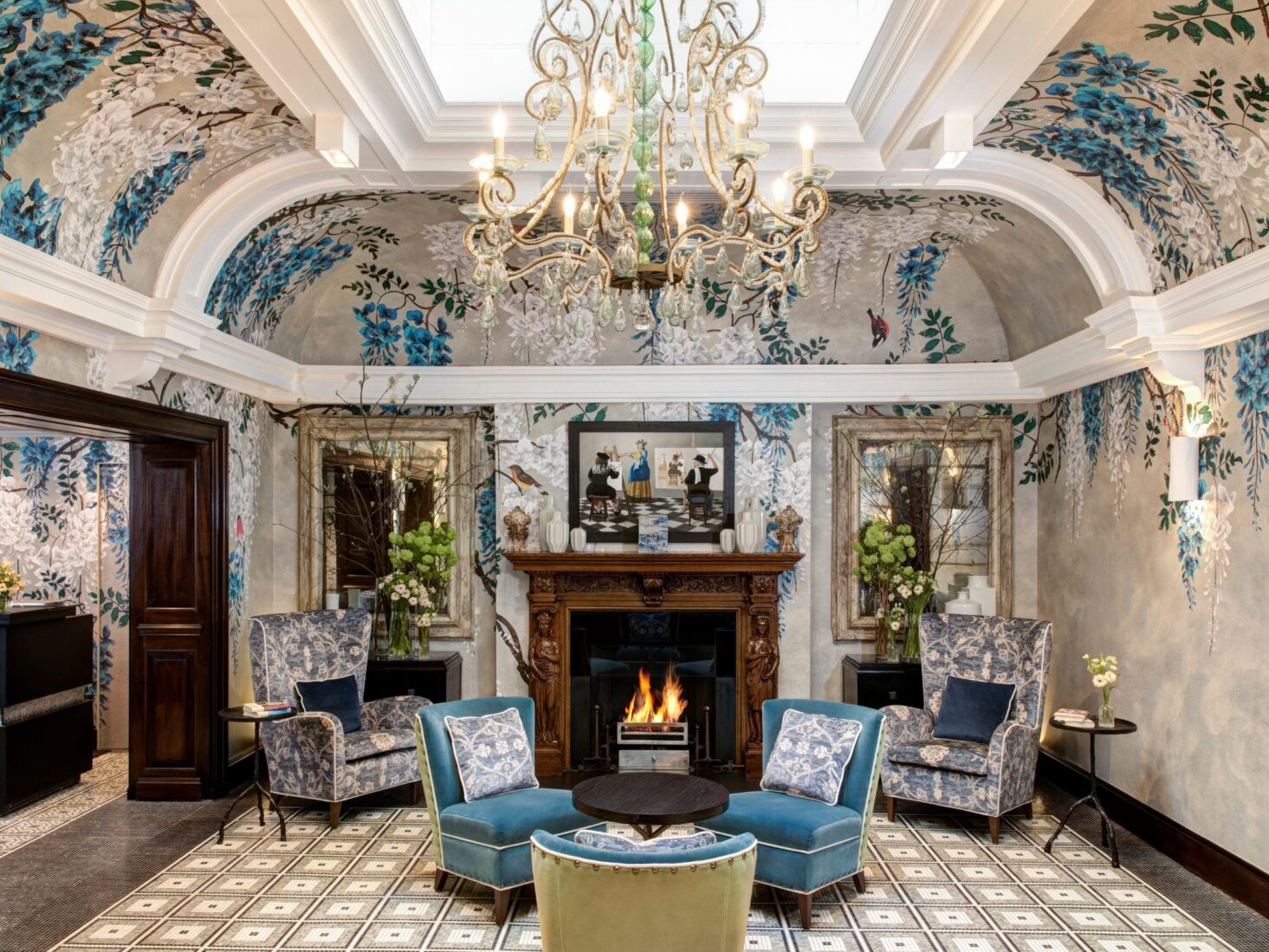
Review: Brown’s Hotel, Mayfair, London
Alexander Graham Bell made London’s first telephone call from Brown’s hotel, while Rudyard Kipling wrote part of The Jungle Book during his stays there
The great object of life is sensation,’ wrote Lord Byron. And although the great Romantic hero had little time for conventional society, one of his lesser-known legacies can be found nestled in the ample bosom of London’s most collegiate neighbourhoods.
It was back in the earliest days of the Victorian era that Sarah Brown, a notoriously strong-willed individual (later described by one of her employees as ‘tiresome’) was given an undisclosed amount of money by an extremely famous widow.
A true Becky Sharp-esque character, little is known of her, presumably, humble origins, but by the 1830s Sarah had secreted herself into the back rooms of London high society by becoming a lady-in-waiting to Anne Isabella Noel Byron; mathematician and the 11th Baroness of Wentworth, known to the nation as Lady Byron.
Divorced before Byron’s untimely death at the age of just 36 of a fever contracted while fighting in the Greek War of Independence, it was Lady Byron who invested in the business proposition of Sarah and her husband James Brown.
The Browns had a novel idea. But it required them obtaining the deeds to 23 Dover Street. Their proposal was to open a licensed house; a place where travellers could rent a room (with an additional bed for their servant), order a meal and be sure of a good night’s rest.
What the neighbours on Dover Street must have thought of this very new concept (and they included the Russian Ambassador, the Bishop of Ely and three baronets) isn’t recorded. What is certain is that opening day, 1837, marked the beginning of what is now London’s oldest hotel.
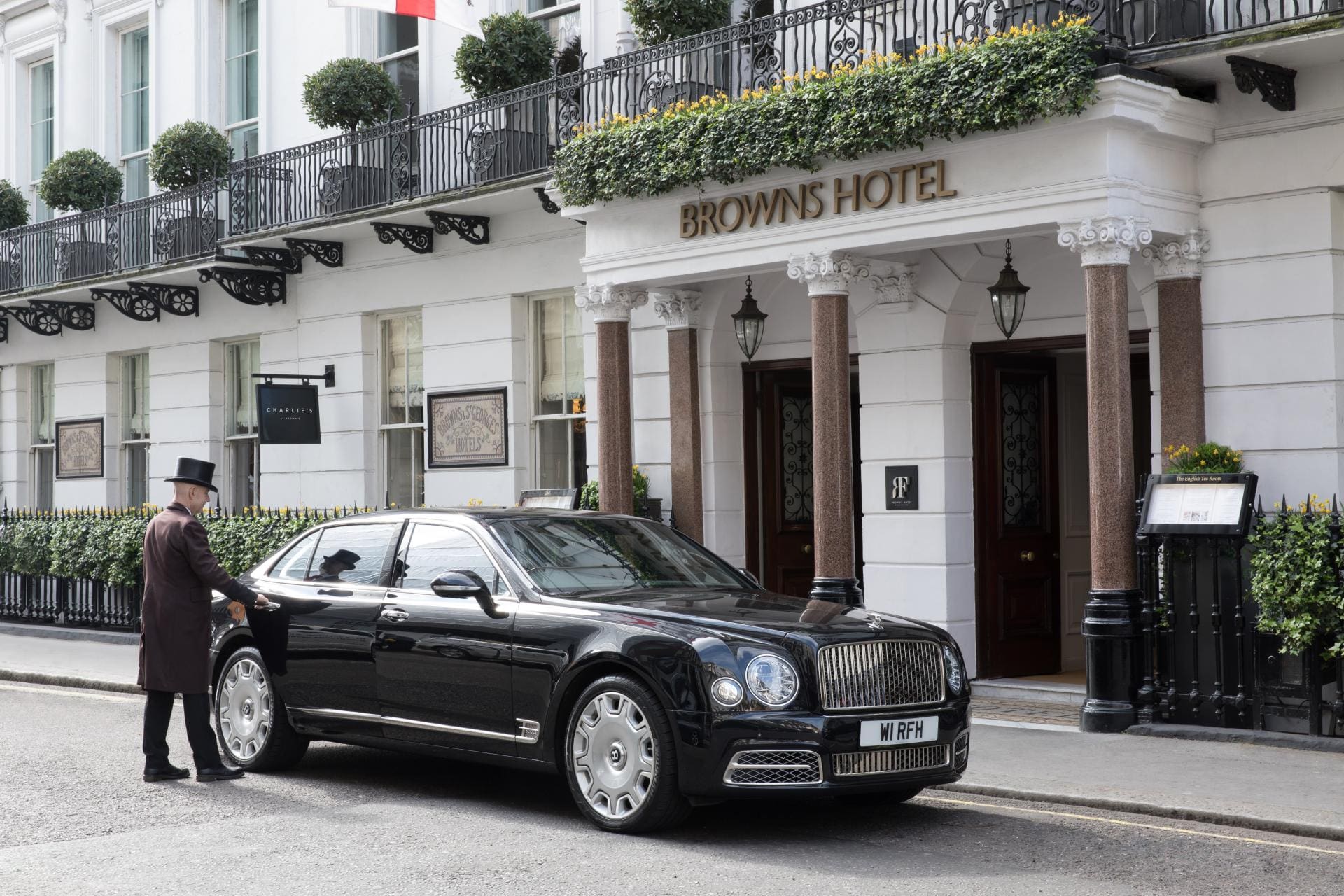
Fast forward 183 years and the exacting standards that James and (particularly) Sarah Brown imposed on their new enterprise have been maintained, though their boast that the new hotel could accommodate couriers for the night if they were accompanying a guest visiting from overseas perhaps no longer carries such heft.
When old hotels in old cities try to modernise the results can often be painfully awkward both tonally and aesthetically. Brown’s has had its share of missteps over the years, most recently in the disastrous – and short-lived – conversion of the restaurant into a Heinz Beck franchise serving up frigid Italian cuisine. But to enter in 2020 is to see a sublime example of how tradition should be treated; respectfully but without a Miss Havisham-esque aversion to any form of evolution.
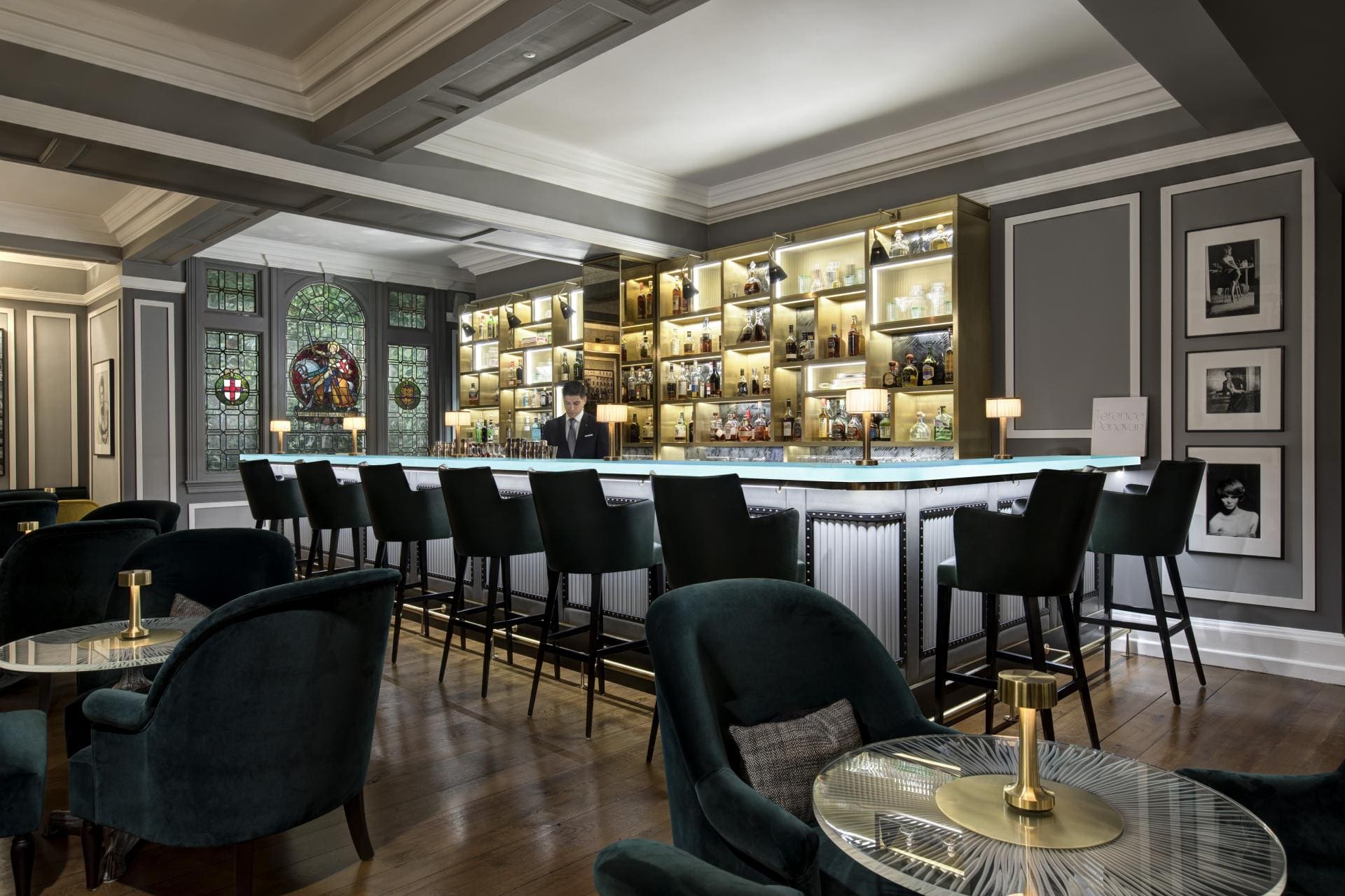
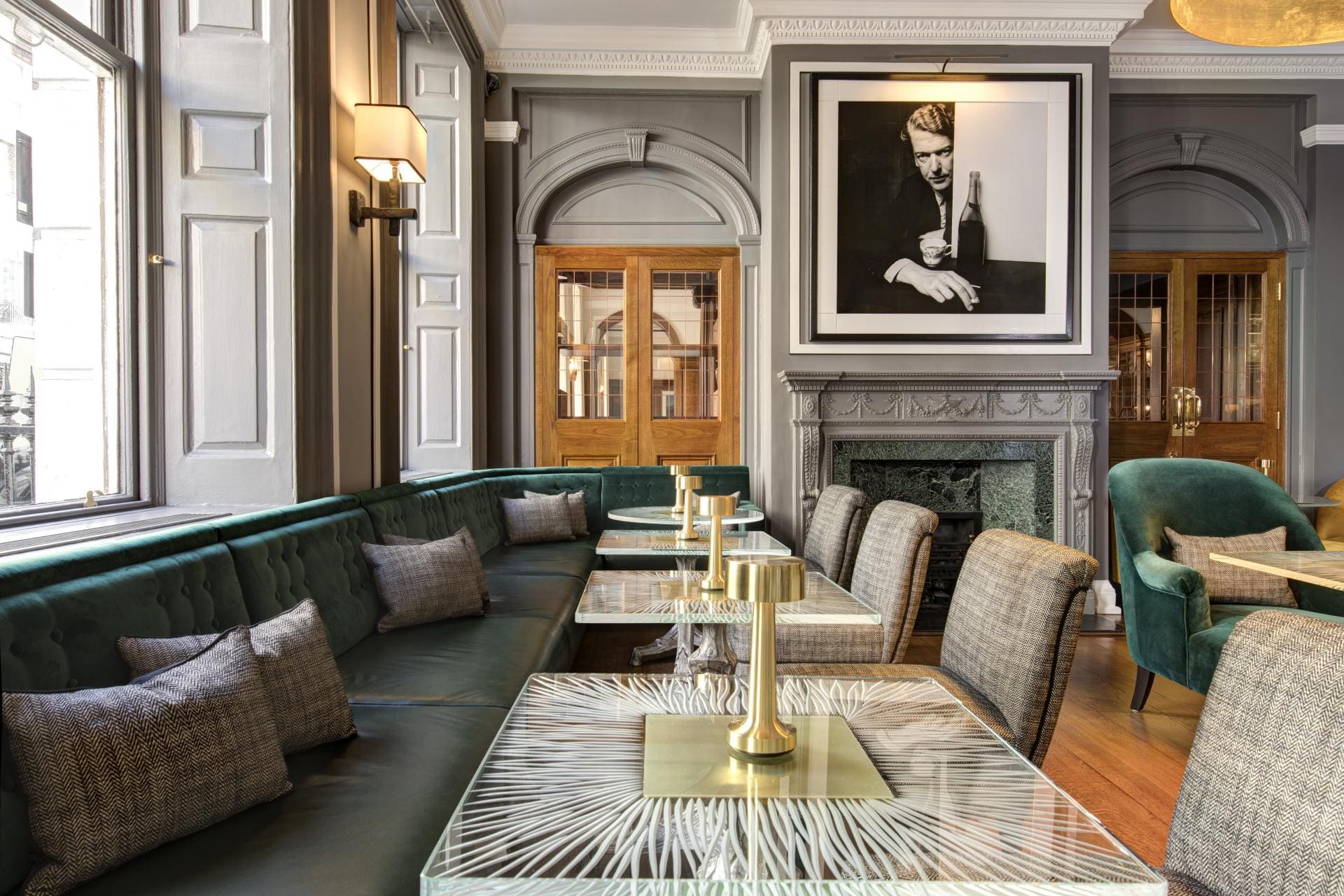
The oak panelling in the lobby is as smooth and polished as it was on opening day, the restaurant still makes flamboyant use of the cloche to cover dishes before being served and the bar retains the original stained-glass window that would have been stared at by visitors ranging from Teddy Roosevelt to Kofi Annan.
Elsewhere, however, this is a hotel that’s open to the seasonal winds of fashion and change that have blown through Dover and Albermarle Street (the main entrance is now on the latter thoroughfare) over the centuries.
Terence Donavon was a man well worth knowing in the 1960s. If you went to London’s more bohemian parties or gatherings during the decade there was a good chance the esteemed photographer would be there, mixing with everyone from Julie Christie to Richard Attenborough.
Donavon’s incredible archive is gathered on the walls here in the drinking space that is now named after him. The cocktails reference Swinging London, too – including a knock-out ‘Love Me Do’ with alcohol-free spirit, apple, lemon juice, elderflower cordial, jasmine and cucumber tea. It’s as fresh and supple as a Biba dress on a young Twiggy – who also has a cocktail named after her here, as well as a shot of her by Donavon on the walls.
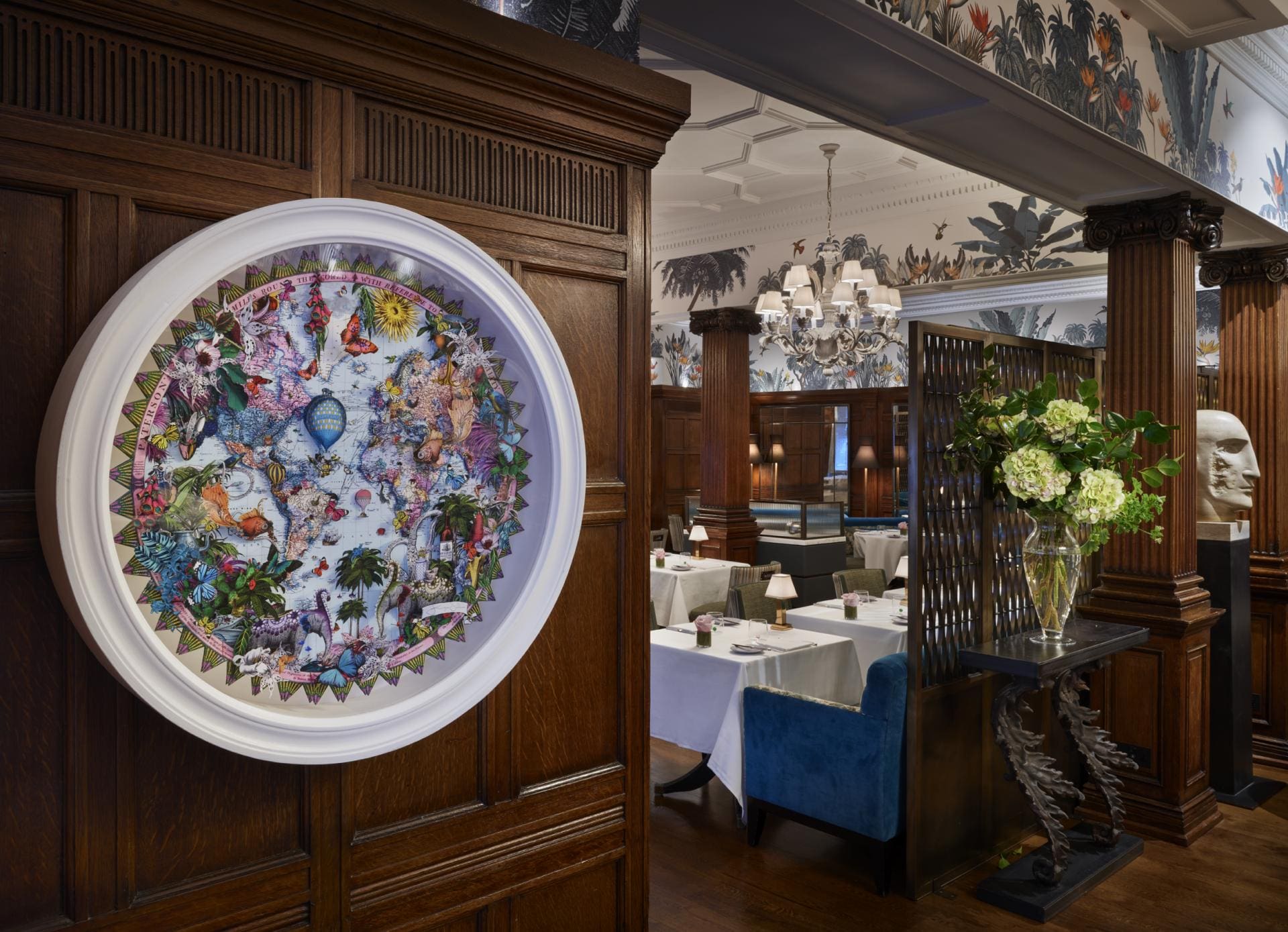
The restaurant, with explosions of geraniums painted on the walls (all chosen by current co-owner Olga Polizzi, British hotelier and sister of The Hon Sir Rocco Forte), is now in the more appropriate hands of Adam Byatt. His culinary skills are a byword for devotion to the Great British Menu yet this is a man unafraid to sling a few deftly thrown arrows to prick any stodgy menu pomposity of yore.
This means that dishes navigate a vista of freshness, bounce and snap that culminate in creations like fried squash flowers with wildflower honey, Provençal tomatoes with dressed Cornish crab, poached lobster and melon and a main course indulgence of a whole Dover sole, festooned with capers and cooked with the kind of simplicity that only the truly skilled can accomplish. No fuss, no frills, just the most sublime quality fish cooked to preserve everything wonderful about this majestic piscine pleasure; deep, soulful, rich and yet redolent of the lightest of sea breezes scurrying over the cerulean ocean.
The range of rooms in Brown’s is Byzantine in complexity; by my counting, there are at least eight different categories. The deluxe rooms are firmly in the middle range and come with views over Albermarle Street and its procession of luxury names: Cavour menswear, Buccellati jewellers, Thom Brown, Alexander Wang. Like Brown’s, these are only household names in a certain type of house; ones that value discretion and quality over bombast and self-regard.
The deluxe rooms are sleek numbers; in red and grey tones with separate sitting areas, beds so big that you feel you can lie on them like a sky diver in free fall and white-tiled bathrooms with water pressure from the shower strong enough to fell a giraffe.
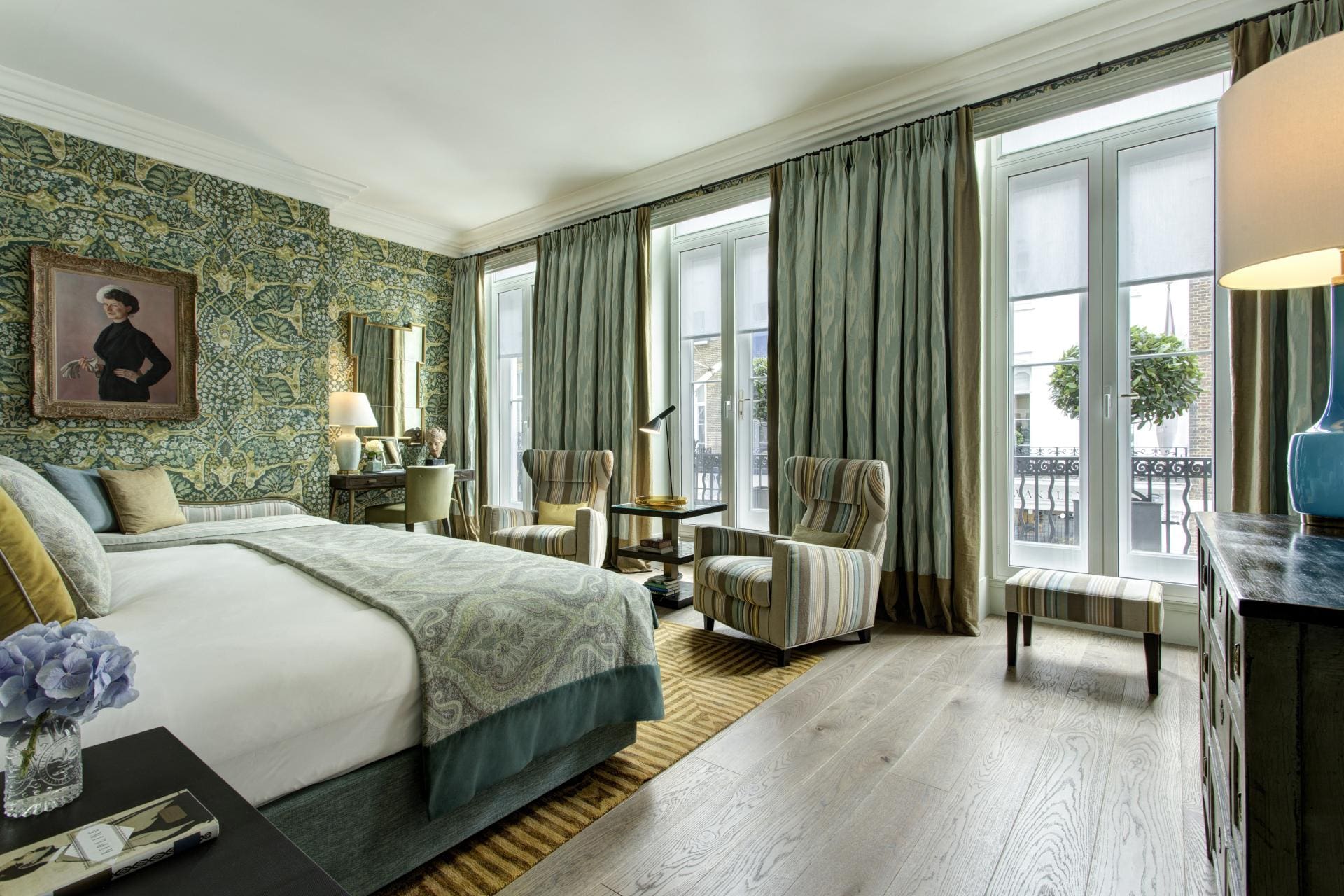
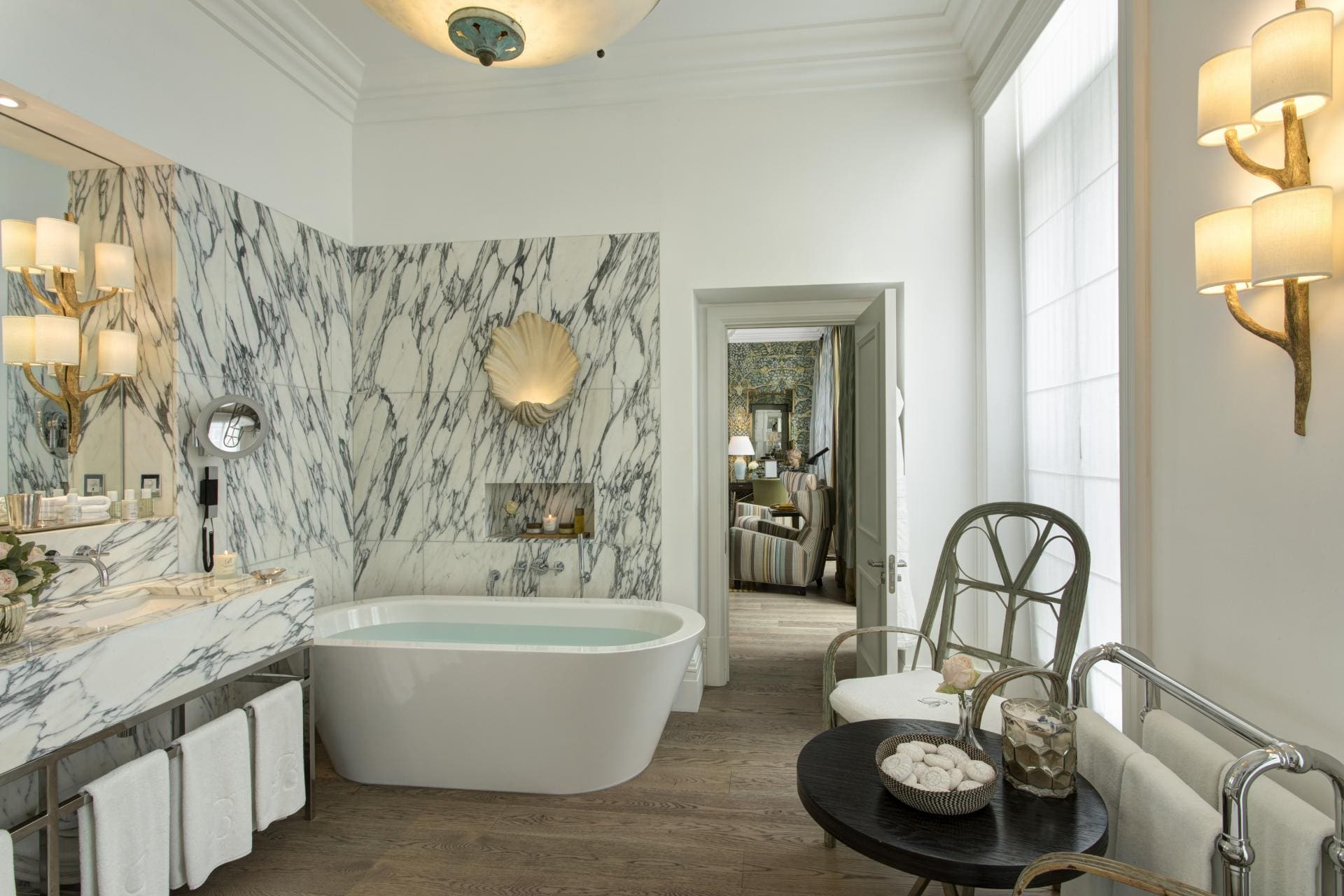
History lurks around every corner; from the gargantuan Kipling suite, so named as Rudyard himself stayed here while he was working on The Jungle Book, to the Alexander Graham Bell room, dedicated to a piece of monumental technological invention that occurred within these walls.
It was back in the autumn of 1876 when the Scottish inventor, then living in the USA, checked into the hotel carrying, according to Henry Ford (the then-owner’s son) a ‘large handbag’ full of instruments and cables. Intending to sell his invention to the British government, Bell explained to Ford that his creation was to demonstrate that it was possible for the human voice to be carried a considerable distance through wires.
Luckily, Ford had recently installed a telegraph wire between the hotel and their home in Ravenscourt Park, around four miles away. Bell set to work and, at around 2am the following morning, the first phone call in Europe was made, the young Henry Ford being astonished by the clarity of Bell’s voice from the other end of the line.
Today, Brown’s remains a hotel where things move at a more sedate pace. There may be doormen at the entrance, but there are also two Pashley bicycles with wicker baskets that you can hire. There may be a devotion to luxury but there’s a concomitant informality to the service, too. As current general manager Stuart Johnson tells me; “the answer to guests is always ‘yes’. The next thing is for them to ask us the question.”
As one cigar-smoking, war-time British Prime Minister is said to have remarked to anyone who would ask him of his residence when in the capital. ‘When I come to London I do not stay in hotels, I go to Brown’s’.
Read more: the best five-star hotels in London
From £390 including VAT, excluding breakfast33 Albemarle Street, Mayfair, W1S 4BP, roccofortehotels.com



